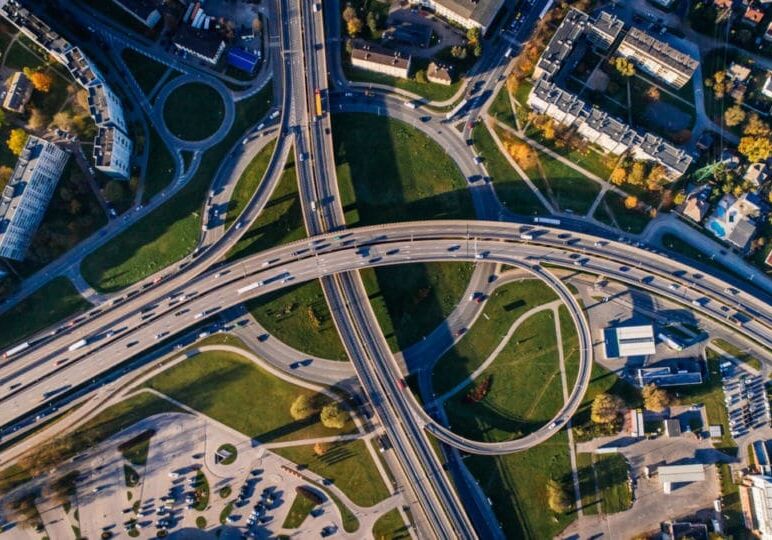Agility in times of uncertainty

An Asian Downstream Insights exclusive: When the world is evolving at an unprecedented pace, how can downstream operators prepare for the unexpected?
From education to innovation, Carina Laidens, Plant Manager at Petrobras, speaks about her views on the best tools to build resilience in an uncertain future.
Technology as support, not solution
Resilience is at the core of Laidens – and Petrobras’s – mission. As Plant Managers, this is measured in two key ways: “ensuring that we achieve the best results in the units” and “a foundation of operational safety”.
Innovation can help towards achieving, and maintaining, this goal. Still, as investing in digitalisation looks set to generate up to US$ 1.6 trillion for the oil and gas industry in global revenue, Laidens is pragmatic about technology role as a support, not a sole solution.
“I truly believe that the central point of a digital transformation is to transform the way people see a problem, and provide them the tools to solve it,” she affirms.

Virtual reality + real-life events = a double catalyst for change
At Petrobras, digitalisation combined with the global health crisis to create a double catalyst for change.
“I think the pandemic just accelerated a behavior that we were (or should be) already experiencing”, Laidens explains. The current vogue for virtual refineries is, in her view, simply a continuation of an industry which is “in general already quite evolved in terms of process automation… Advanced controls, automated emergencies system, and real-time optimisation have [all] been around for a long time.”
Yet it has now become clear that “we need to increase efficiency to remain competitive”, and the way to do this is to “to apply more artificial intelligence, machine learning [and] robotisation in our day-to-day process”.
One of the key changes Petrobras made during the pandemic was “a big leap in IT systems” and Laidens reveals that the automation journey is far from over. “We have a long way to go [on the] path to predictive maintenance, training of operators and [the] use of AI for decision guidance.”
Questioning the present to prepare for the future
Even with the aid of predictive maintenance and artificial intelligence, the future is still full of uncertainty. Driven by “growing environmental concern”, the pandemic has accelerated the reduction in fossil fuel consumption. Laidens has also noticed a shift “in the consumption behavior of the petrochemical industry, with a migration of commodities to new and more sustainable materials”. These changes have led operators to question their existing business strategies: “at what rate, until when, what type?”
Without clear answers to these questions, the solution is agility, “being able to change the yield profile, product quality and type of processed crude oil” to align with changing circumstances. But at the heart of this adaptability should be a constant shared goal.
“All new implementations and process changes must lead to increased efficiency”, insists Laiden. “Increasing yields, reducing costs, reducing emissions or even robotising a task”.
Leadership through cultural transformation
As operations undergo change, operators themselves have to adapt to a new normal. According to research by KPMG, 71% of oil and gas industry CIOs claim current skills are not sufficient to keep up with the pace of digital transformation.
“Our role in this cultural transformation has to be that of a facilitator, someone who shows the way and removes obstacles” says the Plant Manager firmly. “We have to be alert about innovation and what is the ‘state-of-the-art’ of each process, but we cannot, in the end, impose changes.” In this high-asset, high-risk sector where strong management is of critical importance, the best way to show strength is through flexibility, and to lead by example.
“It’s important to know the overall reliability of the plant and market threats, have a solid training plan, and get involved in all the long-term projects”, Laidens confirms.
A lesson in cultivating diversity
The gender gap is slowly narrowing, with women now making up around 22% of the oil and gas workforce, up 6% from just three years ago. But there is still significant progress to be made, and Laidens warns the issues start before work has even begun.
“My opinion is we lost diversity already in university and technical courses,” she suggests. While the number of female students enrolled in STEM (science, technology, engineering and mathematics) courses around the world is rising, many countries are still yet to reach parity, and women make up only 33% of the global STEM workforce.
Laidens believes that to build a more rounded leadership, work needs to be done “at the base of the pyramid”. Universities should continue to encourage diversity across STEM candidates, and operators should make efforts to recruit and mentor female engineers.
“We don’t just need an engineer”
Whatever their gender, age, or qualifications, Laidens believes that those who will make most impact in the future are those who are “most open to change”. New technologies may be our tools, but in an unpredictable future, they can only take us so far.
“Learn more than the university can teach you,” she advises future young downstream professionals. “In the industry, we don’t need just an engineer, we need a problem solver”.
The next phase of the energy transition will be connected, agile and adaptable; it needs a workforce to match.